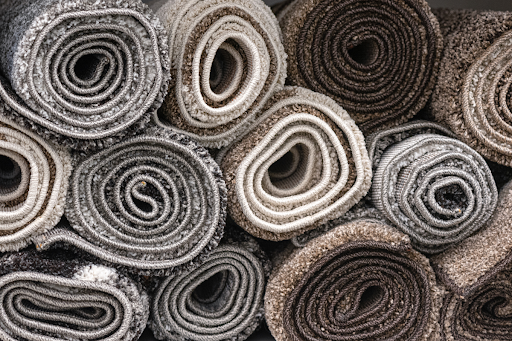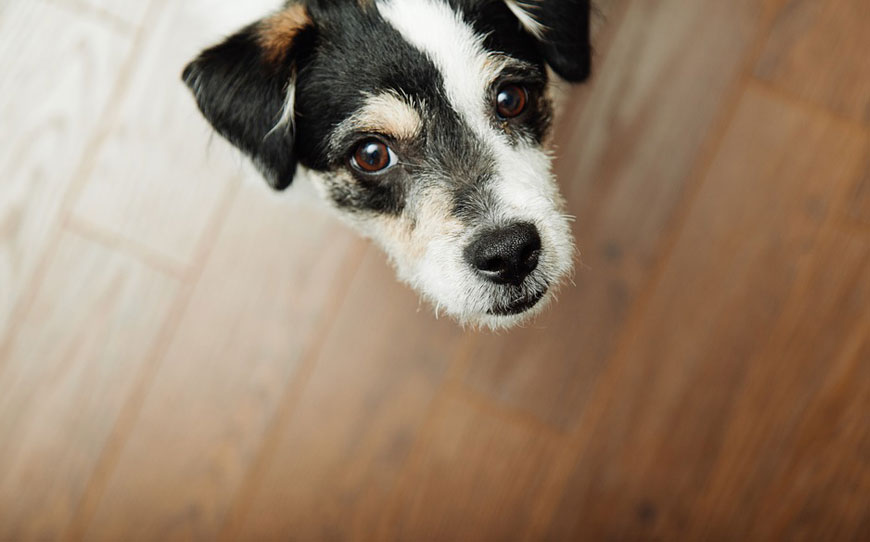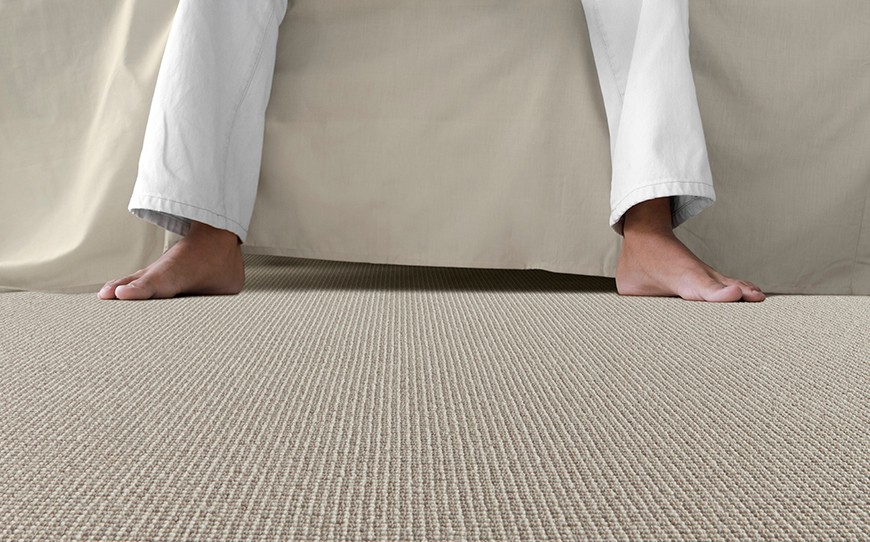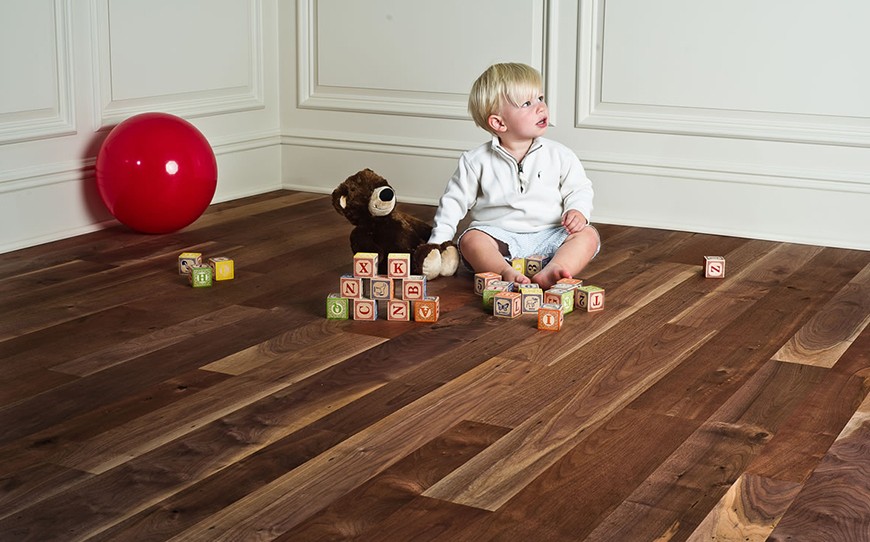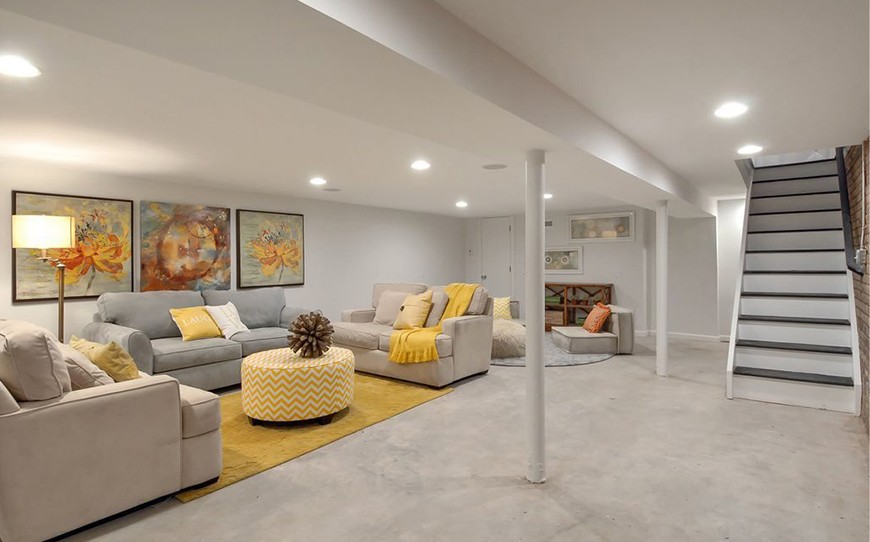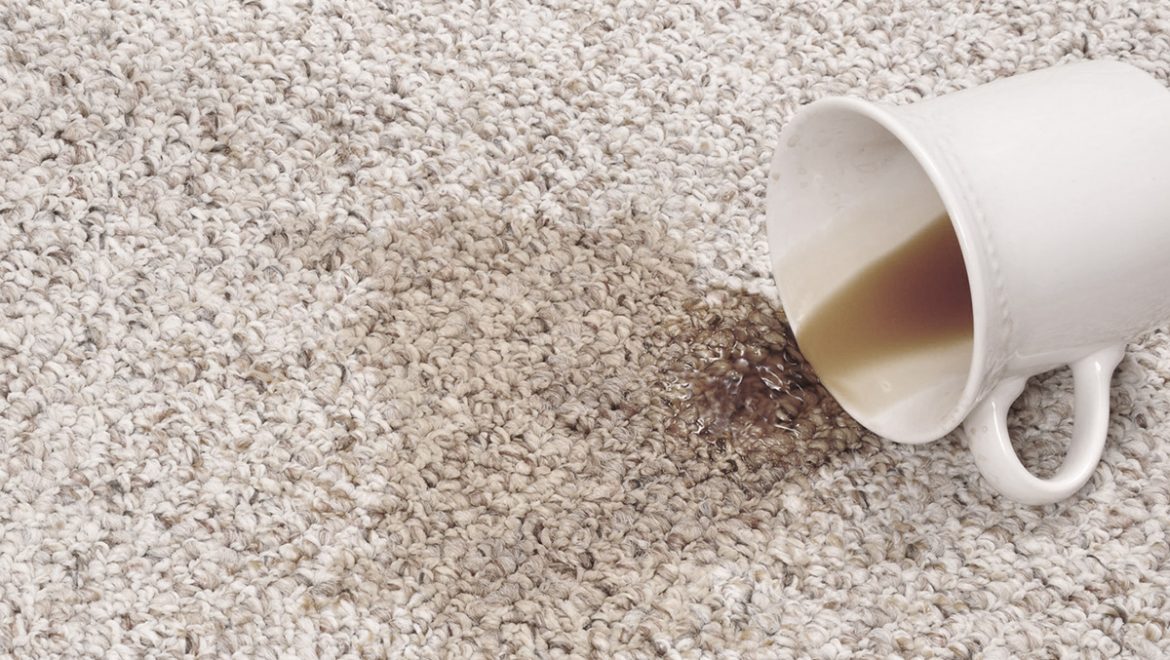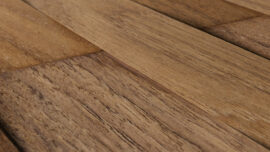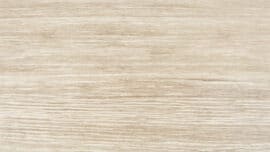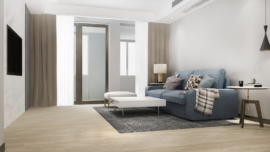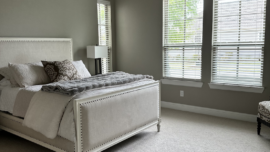The Timeless Elegance of Wool Carpets: A Natural Choice for Your Home
When it comes to enhancing the comfort and aesthetics of your living space, few things can match the timeless appeal of a wool carpet. Renowned for its luxurious texture, durability, and eco-friendliness, wool carpeting stands out as a natural choice for homeowners seeking both style and sustainability.
Luxurious Comfort
One of the most enticing aspects of wool carpets is their unparalleled comfort underfoot. Unlike synthetic fibers, wool has a natural softness that invites you to sink your toes into its plush pile. Whether you’re walking barefoot across the room or lounging on the floor with loved ones, the sensation of wool beneath your feet is unmatched in its warmth and coziness.
Durability That Endures
Wool carpets are celebrated for their exceptional durability, making them a wise investment for any home. Thanks to the inherent strength of wool fibers, these carpets can withstand heavy foot traffic and maintain their appearance for years to come. Unlike synthetic alternatives that may show signs of wear and tear over time, wool carpets have a natural resilience that allows them to retain their beauty even in high-traffic areas of your home.
Timeless Elegance
With their classic beauty and timeless appeal, wool carpets effortlessly elevate the aesthetic of any room. Whether you prefer a sleek, modern look or a more traditional ambiance, there’s a wool carpet to suit your style. Available in a wide range of colors, patterns, and textures, wool carpets offer endless design possibilities, allowing you to create a space that reflects your unique taste and personality.
Eco-Friendly Choice
In an era where sustainability is increasingly important, wool carpets stand out as an eco-friendly flooring option. Wool is a renewable resource, harvested from sheep that graze on natural pastures. Unlike synthetic fibers derived from petrochemicals, wool is biodegradable and recyclable, making it a greener choice for environmentally-conscious consumers. By choosing wool carpets for your home, you can reduce your carbon footprint while enjoying the beauty and comfort of natural materials.
Healthy Living
In addition to their aesthetic and environmental benefits, wool carpets also contribute to a healthier indoor environment. Wool fibers naturally repel dust, dirt, and allergens, making them ideal for individuals with allergies or respiratory sensitivities. By trapping airborne particles within the carpet fibers, wool helps to improve indoor air quality and create a cleaner, healthier living space for you and your family.
Comparing Wool Carpets to Other Types of Flooring
- Synthetic Carpets: While synthetic carpets may offer a lower upfront cost, they often lack the durability and natural beauty of wool. Synthetic fibers can wear down more quickly and may not provide the same level of comfort and insulation as wool.
- Hardwood Flooring: Hardwood flooring is prized for its elegance and durability, but it can be costly to install and may require regular maintenance to keep it looking its best. Wool carpets offer a softer feel underfoot and can provide better sound insulation and warmth compared to hardwood.
- Laminate Flooring: Laminate flooring is a budget-friendly option that mimics the look of hardwood but lacks the warmth and comfort of wool carpets. Laminate may also be prone to water damage, whereas wool carpets are more resilient and easier to maintain.
Conclusion
In conclusion, wool carpets offer a winning combination of luxury, durability, and eco-friendliness that make them a standout choice for any home. With their timeless elegance and natural beauty, wool carpets have earned their place as a beloved flooring option for generations of homeowners. Whether you’re renovating your living room, bedroom, or any other space in your home, consider the enduring appeal of wool carpets for a touch of warmth, comfort, and style that will last a lifetime.
FAQs about Wool Carpets
Are wool carpets easy to clean?
Yes, wool carpets are relatively easy to clean and maintain. Regular vacuuming and occasional professional cleaning are typically all that’s needed to keep your wool carpet looking its best.
Are wool carpets suitable for households with pets?
Yes, wool carpets can be a good choice for pet owners. Wool fibers are naturally stain-resistant and easy to clean, making them well-suited to households with pets. Additionally, wool carpets can help to reduce pet odors and allergens in the home.
Are wool carpets prone to moth damage?
While wool carpets can be susceptible to moth damage if not properly cared for, there are steps you can take to prevent infestations. Regular vacuuming, keeping the carpet clean and dry, and using moth repellents can help protect your wool carpet from moth damage.
Are wool carpets suitable for high-traffic areas?
Yes, wool carpets are known for their durability and resilience, making them suitable for high-traffic areas of the home such as living rooms, hallways, and stairs. With proper care and maintenance, a wool carpet can withstand years of use without showing significant signs of wear and tear.



